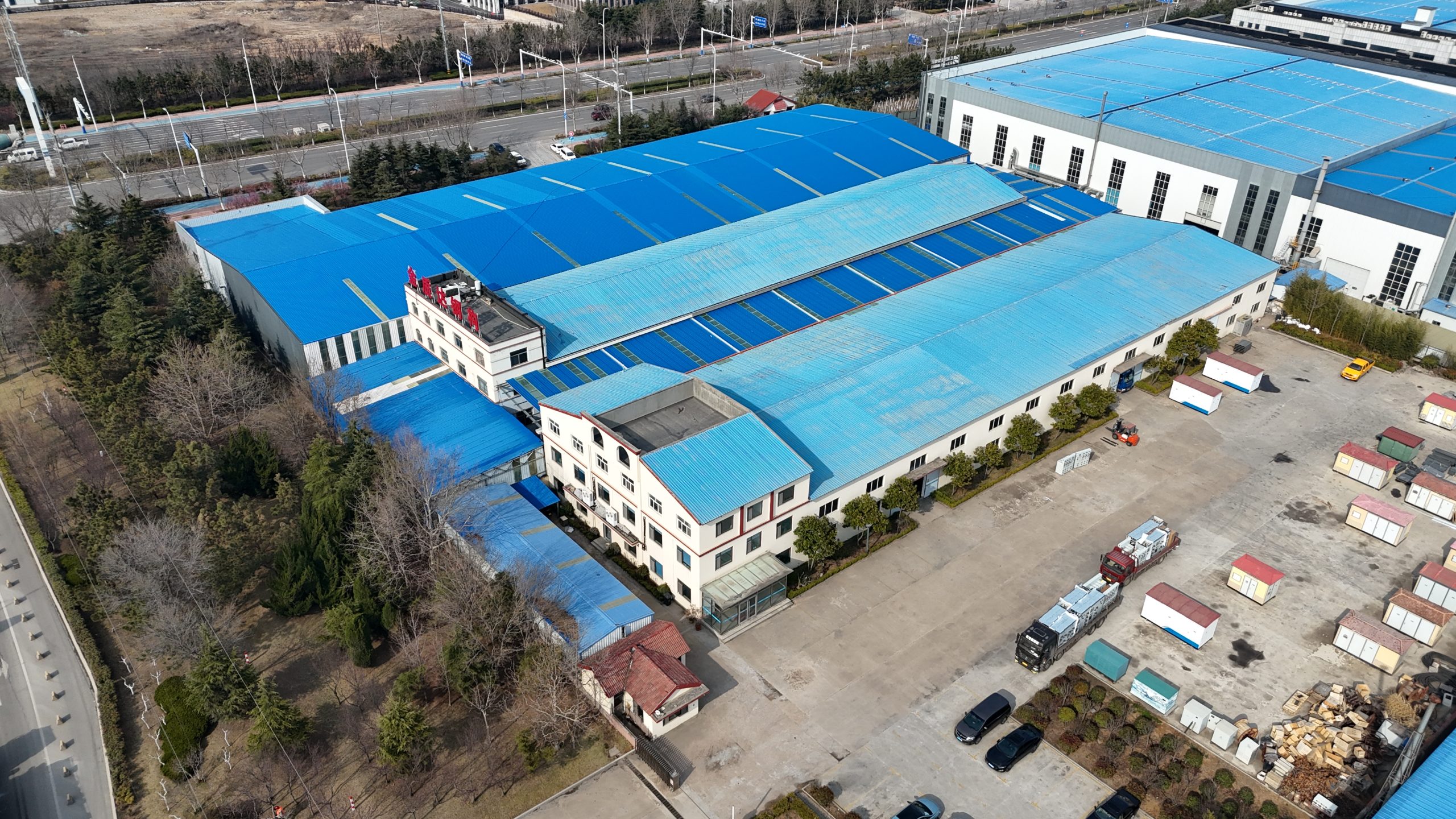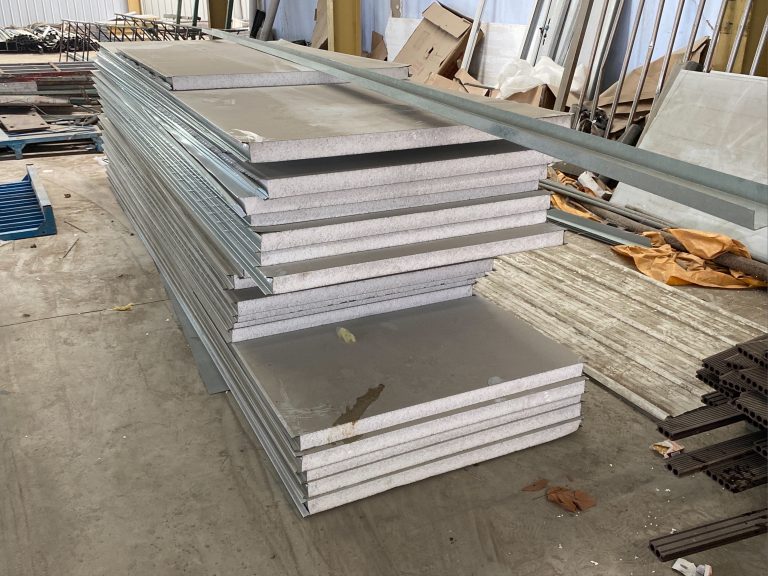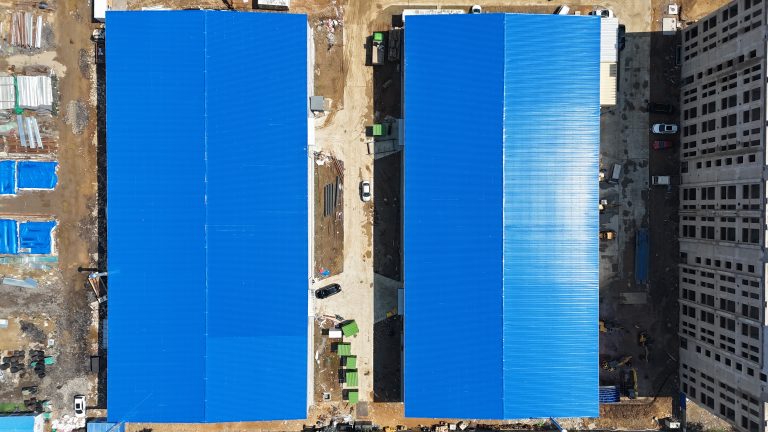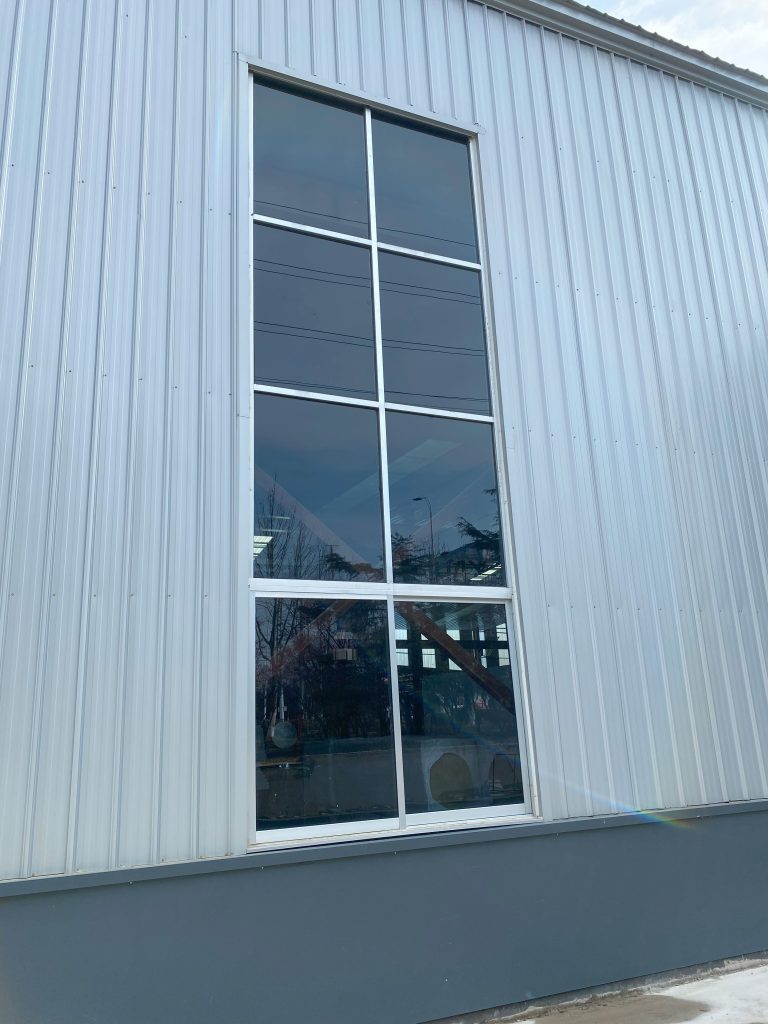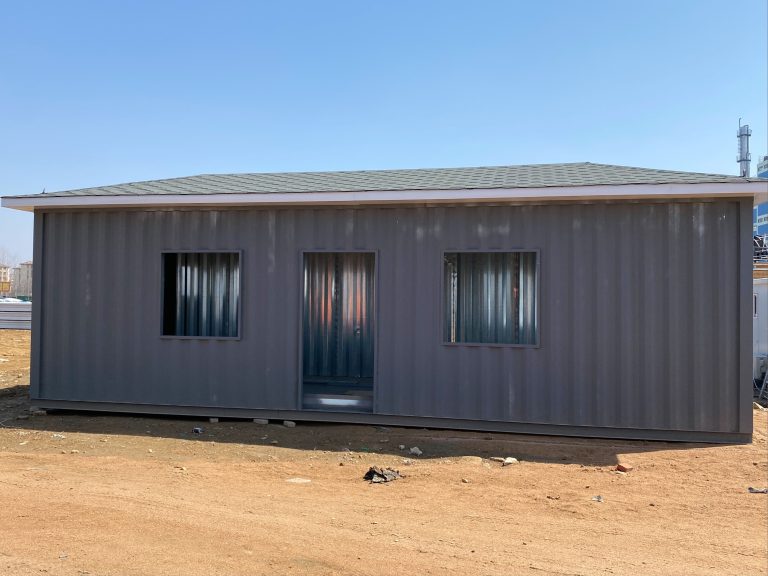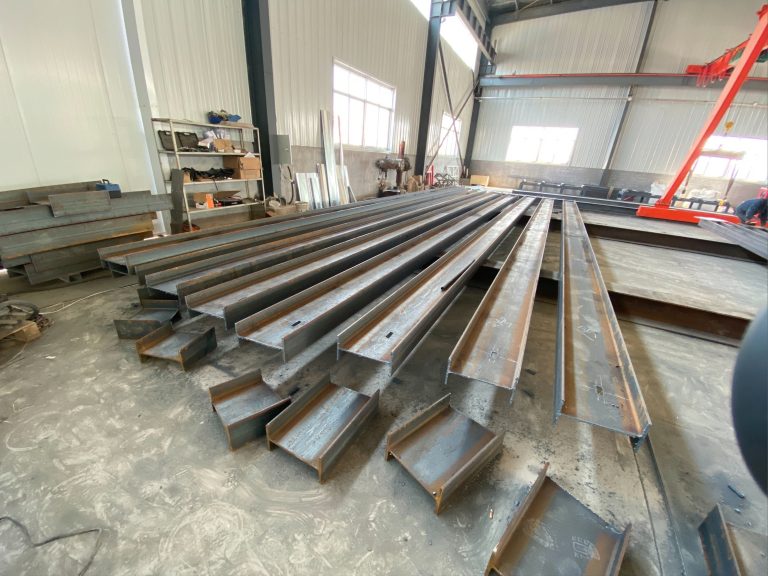What is the impact of the lighting board on the indoor environment of the building?
Table of Contents
Energy Efficiency of Lighting Board in Indoor Environments
Lighting plays a crucial role in creating a comfortable and productive indoor environment. The lighting board, which controls the lighting system in a building, has a significant impact on energy efficiency and overall indoor comfort. In this article, we will explore the importance of the lighting board in indoor environments and its effects on energy consumption.
One of the key functions of the lighting board is to regulate the amount of light emitted by the fixtures in a building. By adjusting the intensity of the light, the lighting board can create the desired ambiance and ensure that the space is adequately illuminated. This not only enhances the visual appeal of the indoor environment but also contributes to the well-being and productivity of the occupants.
In addition to controlling the intensity of the light, the lighting board can also adjust the color temperature of the fixtures. This feature is particularly important in spaces where different activities take place, such as offices, schools, and healthcare facilities. By changing the color temperature of the light, the lighting board can create a more comfortable and conducive environment for the occupants.
Furthermore, the lighting board can be programmed to operate on a schedule, turning the lights on and off at specific times of the day. This not only helps to save energy but also ensures that the lighting system is used efficiently. By reducing unnecessary energy consumption, the lighting board can contribute to lower utility bills and a reduced carbon footprint.
Another important aspect of the lighting board is its ability to integrate with other building systems, such as HVAC and security systems. By sharing data and coordinating operations, these systems can work together to optimize energy usage and enhance the overall indoor environment. For example, the lighting board can dim the lights in response to natural daylight or occupancy sensors, reducing energy waste and improving comfort.
In recent years, advancements in lighting technology have led to the development of smart lighting systems that can be controlled remotely via a smartphone or computer. These systems offer even greater flexibility and convenience, allowing users to adjust the lighting settings from anywhere in the building. By giving occupants more control over their lighting environment, smart lighting systems can further enhance comfort and energy efficiency.
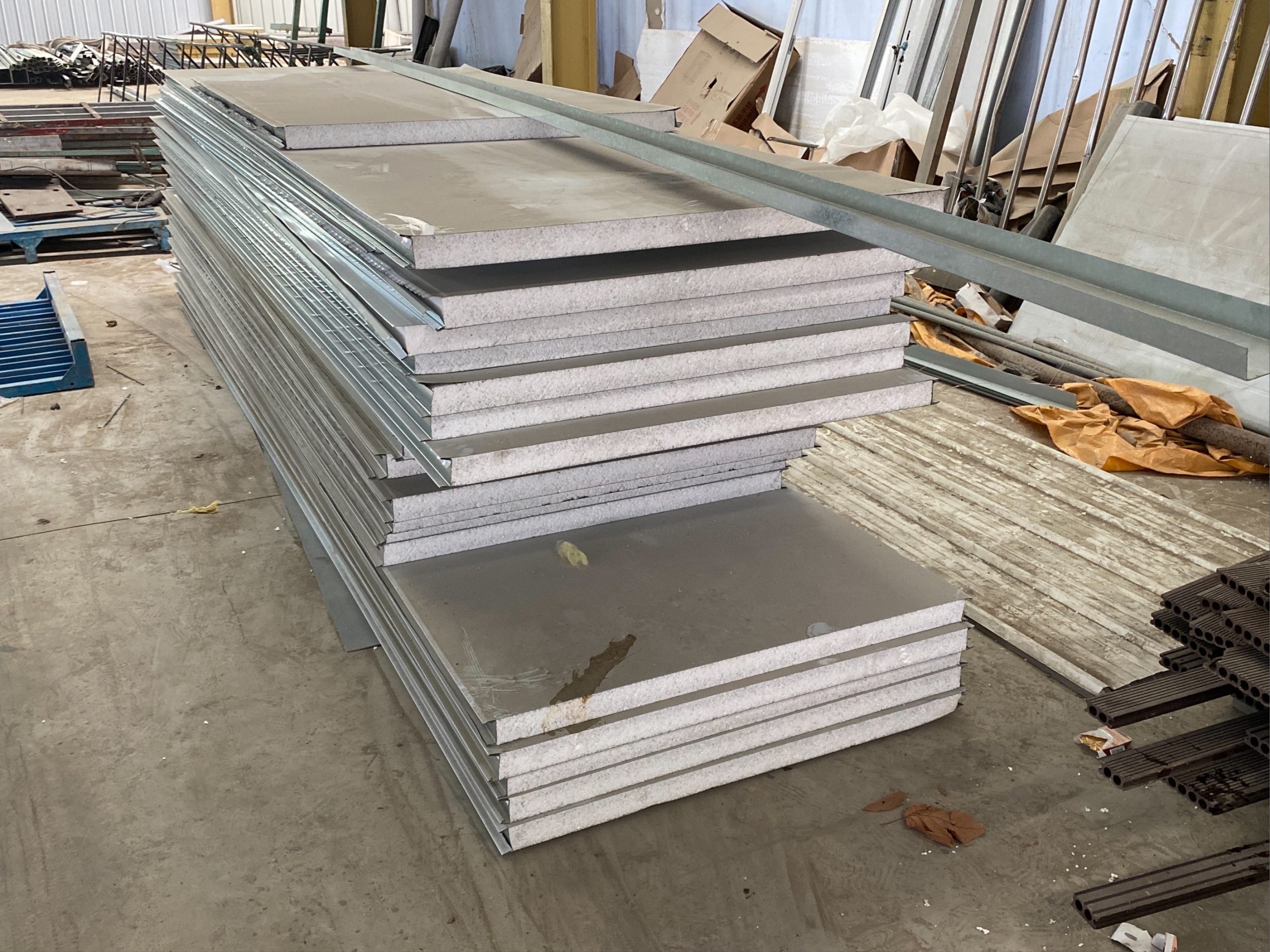
Overall, the lighting board plays a crucial role in shaping the indoor environment of a building. By controlling the intensity, color temperature, and schedule of the lighting system, the lighting board can create a comfortable and productive space for occupants. Additionally, by integrating with other building systems and adopting smart technology, the lighting board can contribute to energy efficiency and sustainability.
In conclusion, the impact of the lighting board on the indoor environment of a building cannot be overstated. From enhancing visual appeal and comfort to improving energy efficiency and sustainability, the lighting board plays a vital role in creating a healthy and productive indoor environment. As technology continues to advance, the capabilities of the lighting board will only continue to grow, further enhancing the indoor experience for occupants.
Psychological Effects of Lighting Board on Building Occupants
Lighting plays a crucial role in shaping the indoor environment of a building. The lighting board, which controls the lighting system, has a significant impact on the psychological well-being of building occupants. The type of lighting, its intensity, color temperature, and distribution all influence how people feel and behave in a space.
One of the key psychological effects of the lighting board is its ability to create a sense of comfort and security. Adequate lighting can make a space feel welcoming and safe, while poor lighting can create feelings of unease and anxiety. The lighting board allows for the adjustment of lighting levels to suit different activities and moods, helping to create a more pleasant and functional environment for occupants.
In addition to creating a sense of comfort, the lighting board also affects the mood and productivity of building occupants. Research has shown that lighting can have a significant impact on people’s emotions and cognitive performance. Bright, cool-toned lighting can help increase alertness and focus, making it ideal for workspaces. On the other hand, warm, dim lighting can promote relaxation and a sense of calm, making it suitable for areas where people want to unwind.
The color temperature of the lighting board also plays a role in influencing the psychological well-being of building occupants. Cool-toned lighting with a higher color temperature is often associated with daylight and can help regulate the body’s circadian rhythm, promoting wakefulness during the day. Warm-toned lighting with a lower color temperature, on the other hand, is more relaxing and can help create a cozy atmosphere in the evening.
Furthermore, the distribution of light from the lighting board can impact how people perceive and navigate a space. Even lighting throughout a room can create a sense of openness and spaciousness, while focused lighting can highlight specific areas or objects, drawing attention and creating visual interest. The lighting board allows for the customization of lighting layouts to suit the needs and preferences of building occupants, enhancing their overall experience in the space.
In conclusion, the lighting board plays a crucial role in shaping the indoor environment of a building and has a significant impact on the psychological well-being of its occupants. By controlling the type, intensity, color temperature, and distribution of light, the lighting board can create a comfortable, secure, and productive environment for building occupants. Understanding the psychological effects of lighting can help designers and building managers create spaces that promote well-being and enhance the overall experience of those who inhabit them.

